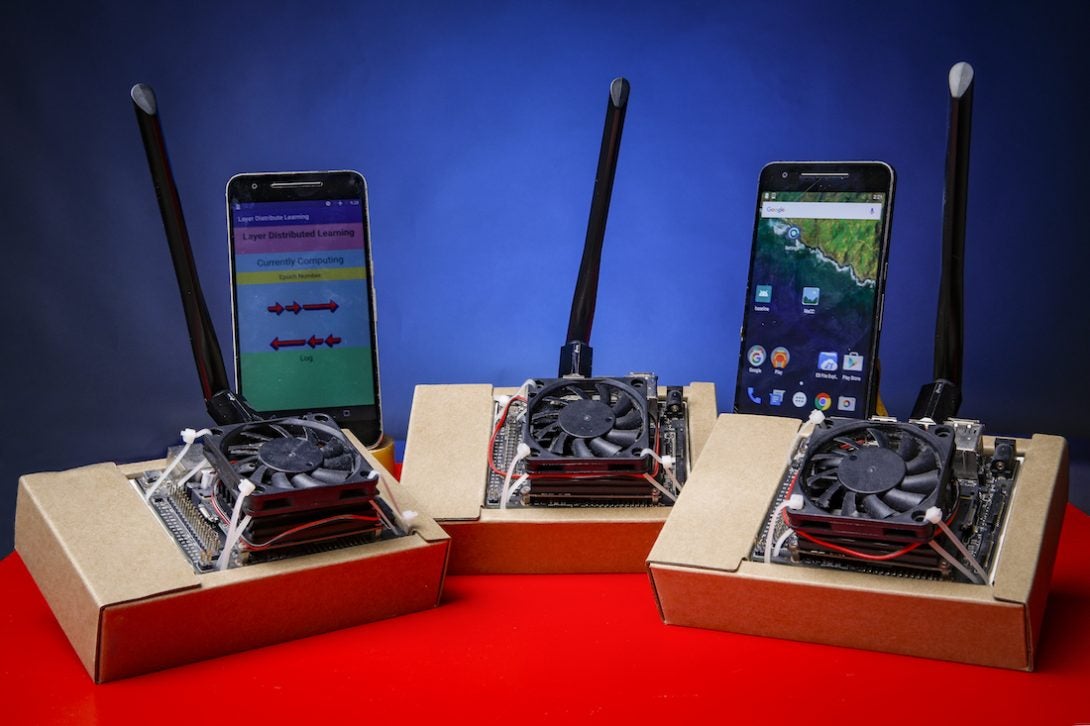Seferoglu, Koyuncu awarded grant to improve performance of edge mobile devices
Seferoglu, Koyuncu awarded U.S. Army Research Laboratory grant to improve performance of edge mobile devices

Associate Professor Hulya Seferoglu and Assistant Professor Erdem Koyuncu, along with Salim El Rouayheb of Rutgers University, have been awarded $1.2 million from the U.S. Army Research Laboratory to improve the performance of mobile electronic devices through machine learning algorithms and artificial intelligence.
Machine learning, a framework that automates statistical models to make predictions, is critical to present and future Army combat systems. As algorithms become more complex, they can make predictions and associations between inputs and outputs with fewer mistakes. The learning portion of these models, form artificial neural networks—so named because of their ability to learn, like a human brain. Multilayered artificial neural networks are considered deep neural networks.
All of this computation requires computing power: something that’s in short supply in combat theater. Army computers may be handling global maps, navigation, and obstacle detection and avoidance inside tactical autonomous ground vehicles, and they need to do so in real time with high accuracy. Koyuncu and Seferoglu’s project seeks to produce improvements in both speed and precision.
“We want to design an algorithm that uses pattern recognition: a tool that can look at an image and recognize what it is,” Koyuncu said. “For instance, face recognition is a task that is simple for humans but difficult for a computer. And [in a combat situation], you are trying to do this on resource-constrained edge devices, not on powerful graphics-processing units.”
Koyuncu and Seferoglu said the key to their approach is cooperation. By pooling the resources and capacity of several edge devices and distributing tasks, computations can be completed more quickly. Ten devices each handling part of the effort can efficiently do the work that would take one device a lot of time.
Another strategy they will explore to speed up processing is called “early exit.” If a deep neural network is reasonably sure of its final classification result after completing only the first few layers of calculations, it can skip processing the remaining layers and return a result, hence the name early exit.
“If the task is face recognition, a clean passport-style photo may only need the first couple layers of a deep network, while a face occluded by a mask or other distortions may need all the layers or stages of the network,” Koyuncu said. “If the image is simple, you should exit early, as otherwise you are wasting resources. More processing will not change the final outcome.”
Improving security through coded computation is another method the group will investigate as a means of protecting Army systems from adversarial attacks.
Their work has civilian applications, too. As we rely more on cellphones and tablets, large machine-learning tasks may be distributed to achieve faster, more effective processing than these simple edge devices could accomplish alone.
The three-year award, “Machine Learning Algorithms and Optimizations for Resource-Constrained Tactical Edge,” began on September 15, 2021.